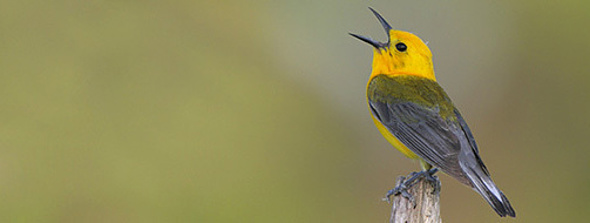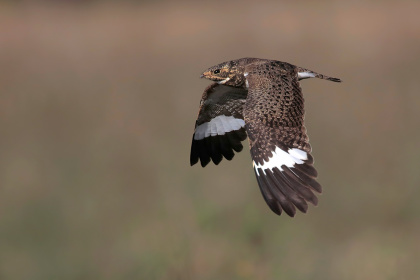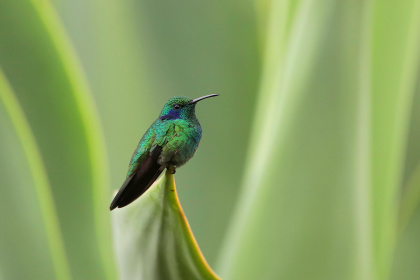Photography Tips
Over the years of doing bird photography I have learned that the biggest hindrance to me improving my skills is thinking that I am good. The better I think I am the slower I grow. Photography is a constant learning process and I try to make a point of learning as much as I can from everyone around me.
Of all of the types of photography that I have attempted I have found bird photography to be the most challenging. I think a large part of that problem comes from the fact that the birds we are typically trying to photograph are wild animals and usually don’t cooperate with our wishes. Because birds and other wildlife typically see us a predators their natural response to our presence is to flee. This means that our tool of choice for bird photography is a long focal length lens. I suggest that an aspiring bird photographer should seriously consider lens with at least 400mm focal length for avian subjects. My personal lens of choice is a 500mm f/4 and I often use it with a 1.4x teleconverter which gives me 700mm focal length at f/5.6. Even with all of that focal length there are many times when I simply don’t have enough focal length to get the quality of shot that I prefer.
The demand for such long focal lengths means that our technique must be very good as even a small amount of miss-focus or camera shake will show up like a sore thumb in our final results.
To make matters worse birds usually don’t like sitting out on an ideal perch, isolated from the background in ideal lighting. The typical situation involves the bird hiding in the brush or sitting on the top of a tall tree with an overcast sky in the background. With that in mind there are things we can do as bird photographers to obtain better results from difficult situations. Photography is all about the light so we must always consider what the lighting situation is and do our best to make it work in our favor. We must also be patient, sometimes waiting a few minutes or more will give the bird a chance to move to a more favorable location. If we get into too much of a rush we will miss it. In a nutshell we must consciously put ourselves in the position that gives us the best lighting possible and then patiently wait for the bird to give us a good pose.
It is also my experience that the more we know about our subjects the better able we will be to obtain good photos of them. Taking time to learn about the preferred habitats and typical behaviors of the birds we seek will definitely pay dividends in our photography.



